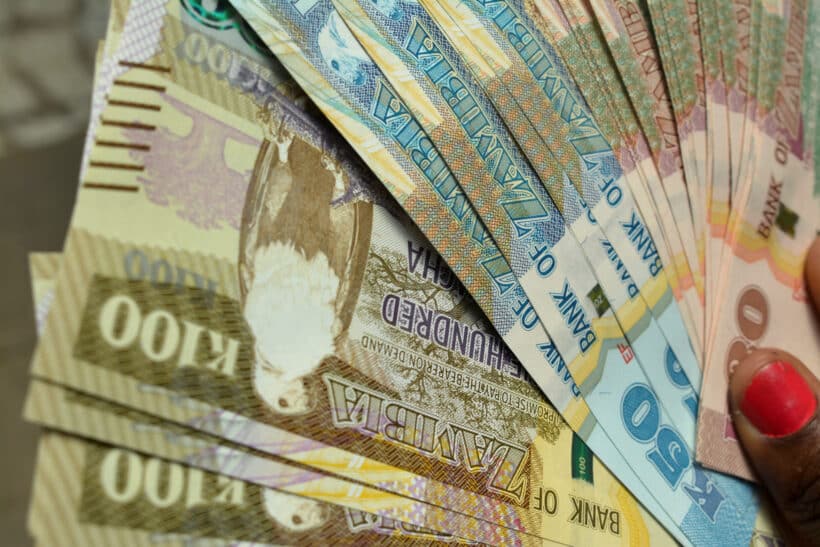
LONDON, March 28 (Reuters) – Zambia’s deal with bondholders this week suggests it will finally emerge from more than three years in default — and become the first successful restructuring under the debt-rework architecture designed by the G20.
The deal is a much-needed win for the so-called Common Framework. The African nation’s President Hakainde Hichilema posted on X that “history has been made,” while International Monetary Fund (IMF) President Kristalina Georgieva lauded the “important achievement.”
Global leaders hope that Ghana may soon reach its own deal with lenders, boosting the Framework before the IMF World Bank Spring Meetings in Washington, D.C. in mid-April.
But the scars from Zambia’s drawn-out battles with creditors – and its years-long, stop-start progress – have left investors, observers and many policymakers themselves wary of the multilateral mechanism’s efficacy.
It was designed to expedite talks between a myriad of lenders from Chinese state-owned institutions to London-based asset managers and New York banks.
“I don’t think anyone is filled with a tremendous sense of confidence that the Common Framework is going to speed up the debt negotiation process,” said London-based Kevin Daly, head of emerging market debt at Abrdn, which held some of Zambia’s $3 billion worth of international bonds.
Ricardo Klinger, Brazil’s Finance Ministry official in the G20 International Financial Architecture Working Group, said those involved in Zambia’s restructuring would discuss lessons learned. Brazil currently holds the G20 presidency.
“The stages are being completed more quickly because it is a learning process,” Klinger said.
He said they aim to publish a document in July incorporating feedback from all sides of Zambia’s restructuring to identify bottlenecks and potential improvements to gain time.
“The document seeks to synthesize this learning in these recent cases to build a more refined process,” he said.
FIRST TO FALL
Zambia was the first African country to default amid the economically punishing COVID-19 pandemic, doing so in late 2020.
Foreseeing more collapses, the G20 launched the Common Framework to bring all creditors to low-income nations under one roof — particularly China, whose lending to developing countries exploded in the decade before the pandemic.
For many, though, Zambia has been a cautionary tale — throwing into sharp focus disagreements around equal burden sharing and transparency.
The delays have hamstrung much-needed investments in the country, curtailed economic growth and weighed on local financial markets. A devastating drought has exacerbated the pain, hitting hydropower and food production.
In November, an unexpected official creditor smackdown of Zambia’s initial bondholder deal shocked its leaders — and bondholders like Daly.
Members of the Official Creditor Committee (OCC), co-chaired by China and France, said it did not offer Comparability of Treatment, meaning bondholders were not taking a comparable hit to the debt relief that official lenders offered.
Zambia has promised that the new deal has official creditor sign-off, but Daly and others said communication and transparency issues loom for other restructurings.
“There is a major flaw,” Daly said.
Bondholders, for example, do not have access to the terms official creditors give countries, effectively leaving them working in the dark. Details are sometimes published later, but not always, potentially leaving the public in the dark as well.
“Improvements could … be made to transparency and information sharing between official and private creditors, as well as clearly defined rules on Comparability of Treatment to ensure agreements under the Common Framework are timely and equitable,” said Christian Libralato, EM Portfolio Manager at BlueBay Asset Management.
AIMING TO REVISE
Others agree with Klinger that Zambia’s pain could help forge a successful Framework.
“Some of those lessons will be put to work in Ghana, and some will be put to work in Ethiopia,” said Giulia Pellegrini, portfolio manager for emerging markets debt at Allianz Global Investors. “There will be some transferable skills and lessons.”
“There’s definitely a lot of push to have more successful cases,” she added.
Ghana is currently in formal talks with holders of more than $13 billion in international bonds and wants to speed up remaining negotiations. Ethiopia defaulted on its sole $1 billion Eurobond in December, but talks with bondholders have been slow.
The IMF is also working on key fixes; it is in the middle of a years-long revision of its debt-sustainability analyses (DSA) and has promised to share them earlier with creditors. DSAs detail how sustainable a country’s debt burden is and form the basis for restructurings.
It also launched the Global Sovereign Debt Roundtable, bringing together representatives from the countries, private lenders, the World Bank and the G20 to identify and solve key problems with the Framework. Such issues include how to calculate comparability of treatment, how to treat debt to state-owned enterprises, and cut-off dates for debt included in reworks.
“They are aware of these issues, and they have begun a process to address these, but it won’t be an easy announcement in the Spring Meetings,” Pellegrini said.
That may not be much comfort to other countries in a similar situation.
“I am not sure that the three years it took to get Zambia done will commend the Common Framework to other countries that may be technically eligible to apply for Common Framework treatment,” lawyer and veteran sovereign debt expert Lee Buchheit told Reuters.
(Reporting by Libby George in London, additional reporting by Marcela Ayres in Brasilia and Rodrigo Campos in New York, editing by Karin Strohecker and Hugh Lawson)

